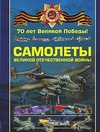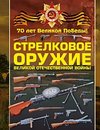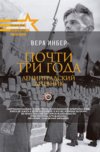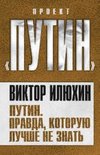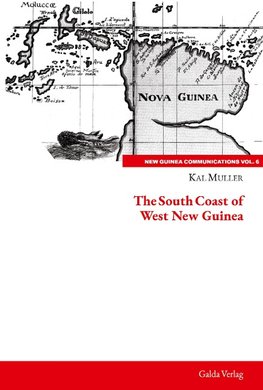
-
 Anglický jazyk
Anglický jazyk
The South Coast of West New Guinea
Autor: Kal Muller
THE BOOK
The South Coast of West New Guinea holds a number of well-known cultures,
along with several other less researched ones. In the late 19th Century, the headhunting activities of the Marind operating in then-British New Guinea required the establishment...
Viac o knihe
Na objednávku, dodanie 2-4 týždne
54.63 €
bežná cena: 60.70 €
O knihe
THE BOOK
The South Coast of West New Guinea holds a number of well-known cultures,
along with several other less researched ones. In the late 19th Century, the headhunting activities of the Marind operating in then-British New Guinea required the establishment of a Dutch military post at Merauke to stop the cross-border raids. A number of excellent ethnographic studies of the Marind have given us a rare understanding of this ethnolinguistic group in its pristine state.
The Asmat were the last major group to be brought under Dutch control. This did not occur until well into the 1950s. The young son of the then-governor of New York State, Nelson Rockefeller, died while collecting Asmat carvings - probably by drowning but possible by being killed by a group perhaps still practising head-hunting. Missionaries of the Roman Catholic Church in the Asmat area helped to preserve the artistic talents of this group and helped them to retain a measure of pride in their way of life.
The Kamoro also produced excellent woodcarvings. A portion of their land has been by the mining company, Freeport Indonesia in their lowlands infrastructure development. In return, the company offers various development programs to them (along with other Papuan groups) covering their economy, education and health necessities. Support for their woodcarving tradition is given through a locally-run foundation.
Our texts emphasize what is known of the traditional elements of the various South Coast cultures. Now that warfare, cannibalism and head-hunting have stopped, the groups are considerably less 'exotic' but still present a fascinating way of life.
THE SERIES
The aim is to provide a conduit for the publication of studies on the Island of New Guinea, with its two established political divisions, but will also include other associated patterns of islands.
It will enable contributions from new knowledge workers-with their dissertations-and from established scholars. As there are numerous scholars who would like better coverage of the areas in which they have explored-as a tribute to the people they have worked with-as well as local scholars who understand the importance of their unique areas. It is felt that the approaches being trialed in the visual anthropology part of the series as area studies will bring a wider attention to the remarkable nature of the island.
The first volumes will be on modes of communication: oral history and folklore, and the emergence of a local literature. While the representation of all disciplines is welcome, comparative and whole island studies would be of great interest as well. For this, collaborative works or edited volumes may be needed.
It will allow for academic publications of a more preliminary kind-rather than exhaustive monographs, which are becoming more and more impossible to produce.
Where is the knowledge we have lost?
- Vydavateľstvo: Galda Verlag
- Rok vydania: 2022
- Formát: Paperback
- Rozmer: 230 x 155 mm
- Jazyk: Anglický jazyk
- ISBN: 9783962031855
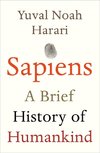

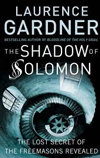


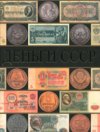
 Ruský jazyk
Ruský jazyk 